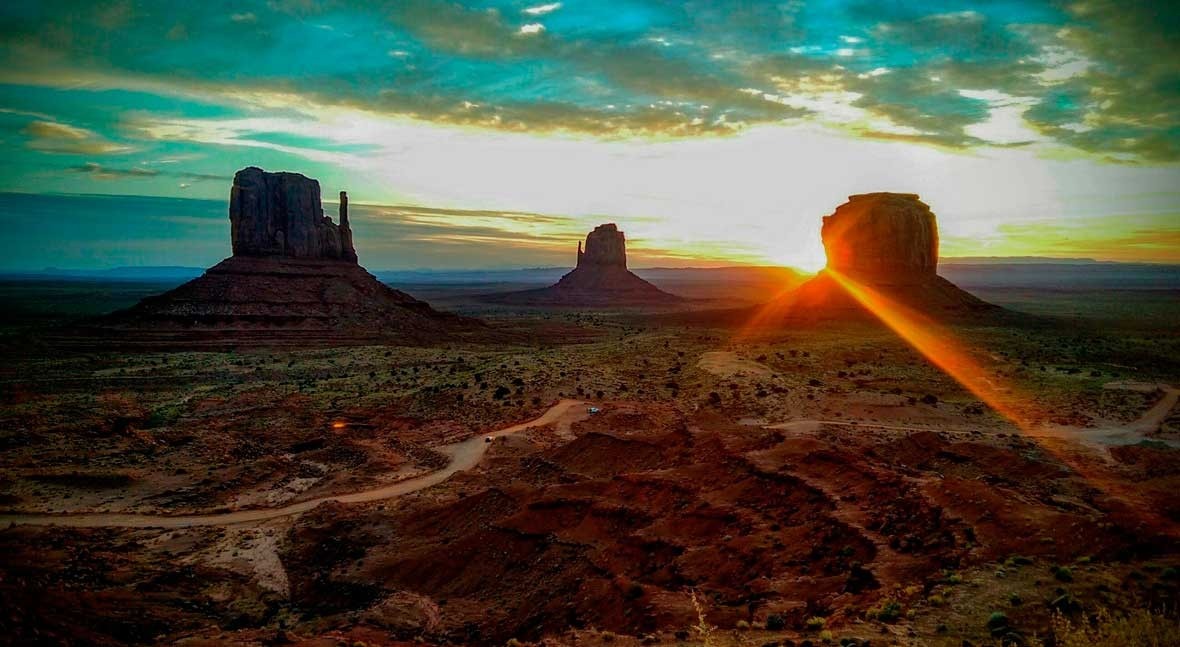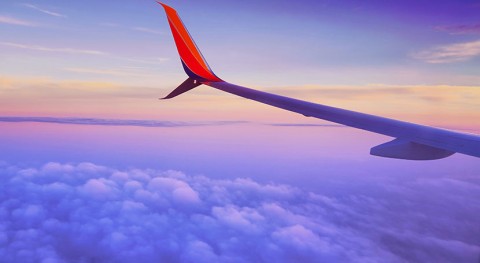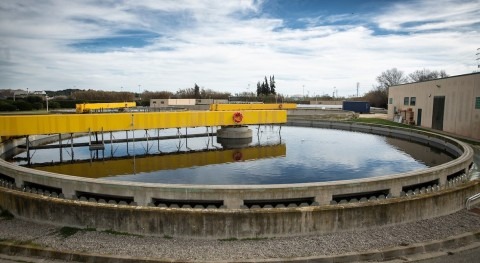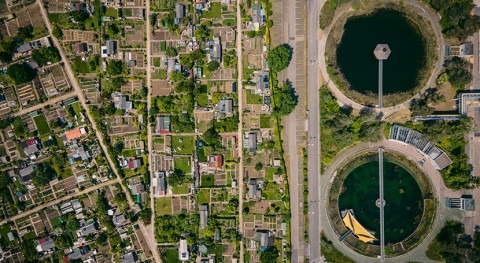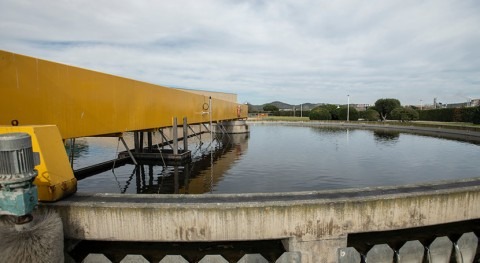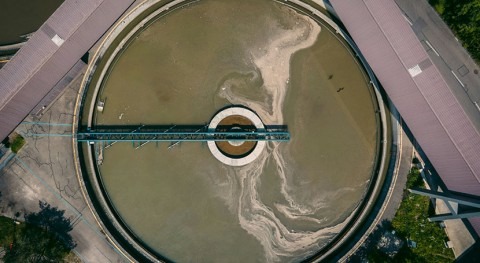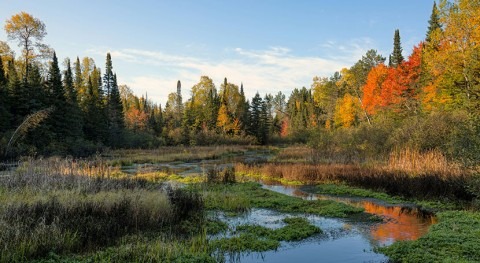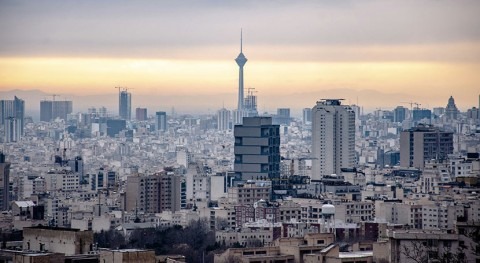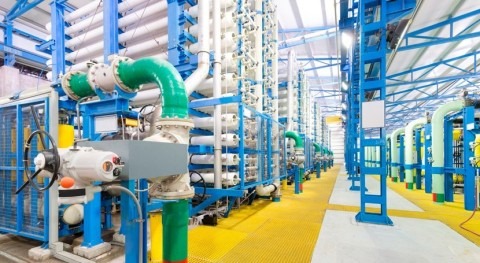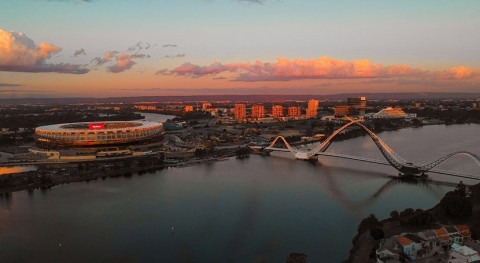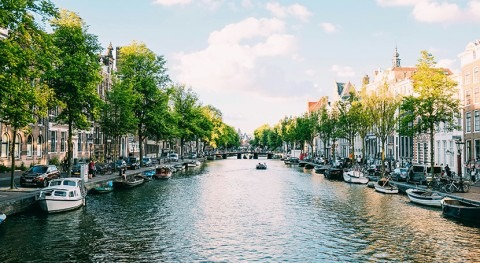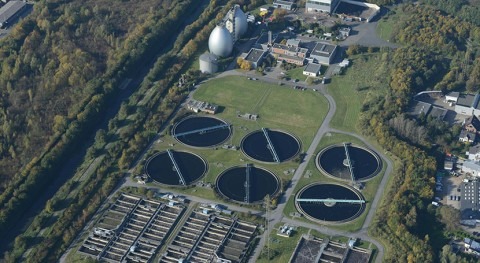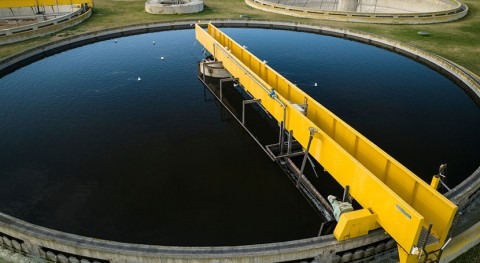We have all heard the directives to protect our health during the pandemic: wash your hands frequently and stay home. But we also know many people across the world do not have running water at home to drink, cook, or wash themselves. We might think this is the case only in developing nations, but it is the reality across much of the Navajo Nation in the Southwest of the United States, explains Cindy How, manager of the Navajo Water Project, in a recent feature by Outside.
A territory covering some 25,000 square miles, occupying portions of Arizona, Utah and New Mexico in the Four Corners region, the Navajo Nation is home to about 173,000 people. With 4,658 cases of COVID-19 and 165 deaths by the end of May, it has a higher infection rate than New York City. Why are they so vulnerable to the coronavirus?
Most of the U.S. population takes for granted access to water, infrastructure such as roads, electricity and internet to disseminate public health information, and health care facilities. Meanwhile, more than a third of the population in the Navajo Nation does not have running water. They have received hundreds of thousands of gallons of donated water, which are being distributed to centralised locations. But people cannot self-isolate at home when they have to travel to collect drinking water. And while donated bottled water helps amid the current crisis, it is only a band-aid solution.
How did the current situation come about? The Navajo lack access to water in terms of quantity and quality, for the most part as a result of colonialism and the exclusion of tribal governments from federal and state water projects. Even though treaties granted tribal nations water rights, tribes were excluded from negotiations and infrastructure projects that would have enabled them to access water. While tribes are involved in court battles for water which is already theirs by right, a century old water crisis is having deadly consequences for the Navajo population. To make things worse, federal money for large public works is a fraction of what it used to be in the later part of the 20th century, and water in the western U.S. is increasingly scarcer due to climate change, plus it is overallocated to competing demands.
As the impact of the coronavirus expands, the Navajo Nation is planning how to allocate $600 million in funding from the federal Coronavirus Aid, Relief, and Economic Security (CARES) Act to solve immediate needs but also looking at long term resilience to future crises by investing some resources in water infrastructure. In this arid region, the right to life is linked to water. The current pandemic is shining a light on the discrimination against tribal nations by neglecting the human right to water.


